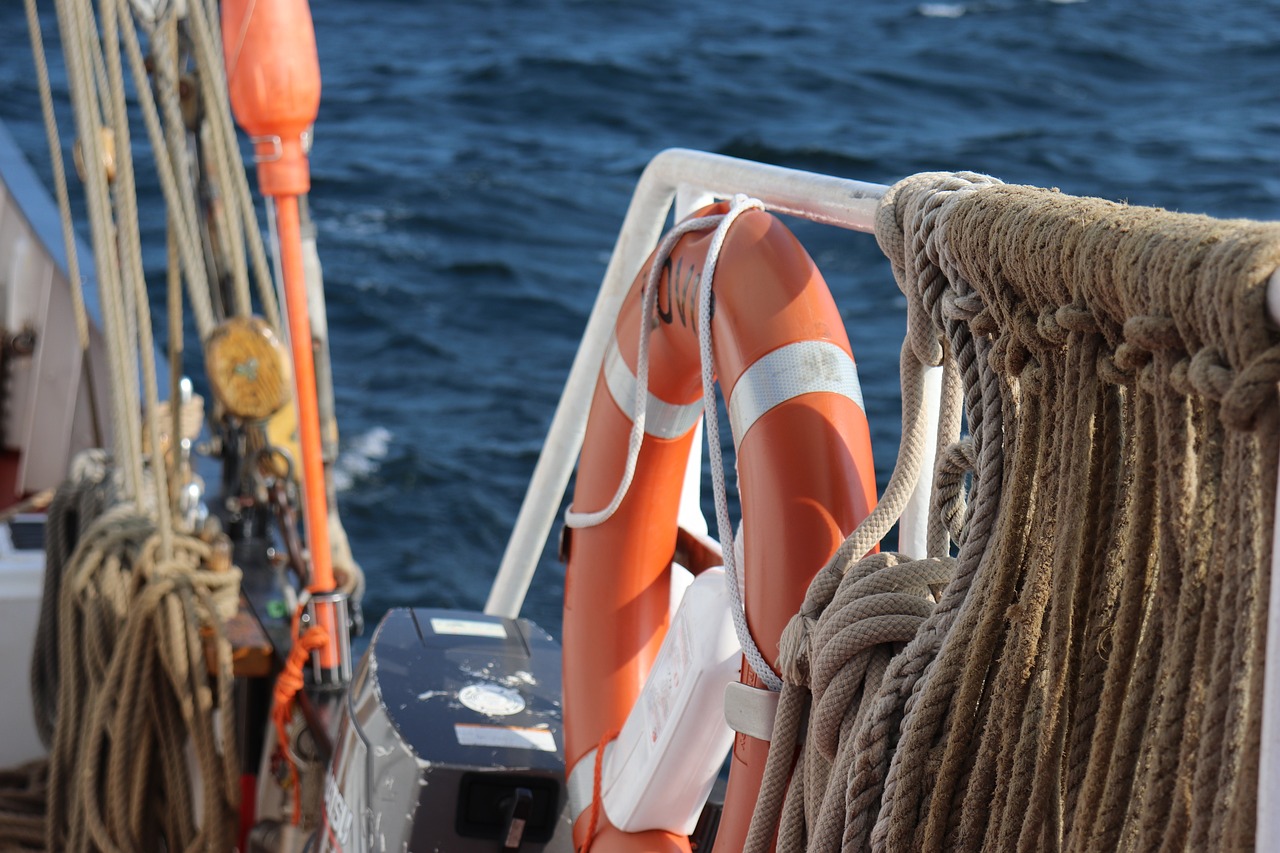 Automated Blog-to-Social Sharing – Publish Once. Appear Everywhere!
Automated Blog-to-Social Sharing – Publish Once. Appear Everywhere!
Mastering the Waves: Advanced Strategies in Buoy Deployment and Recovery
Written by faith Amert » Updated on: June 17th, 2025

Introduction
The deployment and recovery of buoys play a pivotal role in marine operations, serving a variety of purposes from navigation aids, weather monitoring, to research in marine biology. This comprehensive exploration delves into the sophisticated strategies, challenges, and technological advancements shaping the current practices in buoy deployment and recovery, emphasizing their critical role in enhancing maritime safety and environmental monitoring.
Understanding the Functionality of Buoys
Buoys are floating devices strategically placed in water bodies to serve as markers for navigation, data collection points for scientific research, or monitoring stations for weather and oceanographic conditions. Depending on their function, buoys can be equipped with a range of sensors to measure atmospheric and oceanographic data, lights and signals for navigation, or mechanisms for anchoring and self-maintenance.
Deployment Techniques
The buoys deployment and recovery varies significantly based on their purpose and the environment in which they are placed. Key considerations include:
Location Accuracy: Precision in positioning buoys is crucial, especially for navigational aids. Advanced GPS and GIS technologies ensure buoys are deployed accurately according to maritime charts.
Anchoring Systems: The choice of anchoring system depends on the depth and seabed composition. Common systems include single-point moorings for deep waters and screw anchors for shallower settings.
Deployment from Vessels: Specialized vessels equipped with cranes or launch systems are used to deploy heavier or larger buoys. For smaller buoys, simpler methods such as hand deployment from small boats can be sufficient.
Recovery Processes
Recovering buoys is often more challenging than deploying them, requiring careful planning and execution to avoid damage:
Locating and Approaching: Before recovery, buoys must be precisely located using GPS tracking. Vessels then approach the buoy carefully to avoid entangling their propellers with the mooring line.
Hoisting Equipment: Depending on the size and weight of the buoy, recovery might involve the use of cranes, winches, or manual lifting gear. The condition of the buoy and its components are assessed immediately upon recovery.
Maintenance and Refurbishment: Once recovered, buoys often undergo maintenance. This includes cleaning biofouling, repairing or replacing worn parts, and updating sensors and batteries.
Challenges in Buoy Operations
Deploying and recovering buoys involves navigating numerous challenges:
Environmental Factors: Strong currents, high winds, and rough seas can complicate buoy operations, requiring robust design and deployment strategies to ensure stability and longevity.
Biofouling: Marine organisms can accumulate on buoys, impairing their functionality and sensors. Anti-fouling coatings and regular maintenance are necessary to mitigate these effects.
Vandalism and Theft: In some areas, buoys face risks from vandalism or theft, particularly those equipped with expensive technology. Security measures such as tamper-proof designs and tracking devices are increasingly common.
Technological Advances
Technological innovations have dramatically improved the efficiency and safety of buoy operations:
Automated Deployment and Recovery Systems: These systems minimize human intervention, reducing the risk and labor involved in buoy operations. Some systems are designed to be operated remotely, enhancing operational safety in adverse conditions.
Smart Buoys: Equipped with advanced sensors and communication technologies, smart buoys can collect and transmit real-time data to satellites or local bases. This technology enhances data accuracy and timeliness for weather forecasting and scientific research.
Durable Materials and Designs: Modern buoys are made from materials that resist corrosion and withstand harsh marine environments. Innovative designs also help buoys resist overturning and dragging.
Case Studies of Successful Operations
Several case studies highlight effective buoy deployment and recovery strategies:
Hurricane Monitoring Buoys in the Atlantic: These buoys collect critical data used in hurricane prediction and monitoring. Their deployment and recovery are timed meticulously to maximize data collection during hurricane season while minimizing the risk of damage.
Tsunami Warning Buoys in the Pacific: These are part of an international effort to provide early warnings. Their deployment involves international cooperation and precise placement to ensure comprehensive coverage and quick data transmission.
Future Directions in Buoy Technology
The future of buoy technology points towards greater automation and integration of AI to predict maintenance needs and optimize data collection. Development in energy harvesting technologies like solar and wave energy could enable buoys to operate longer autonomously, making them more efficient and environmentally friendly.
Conclusion
The deployment and recovery of buoys are crucial operations in marine navigation, safety, and research. With advancements in technology and methodology, these operations have become more precise and efficient. As the need for marine data continues to grow in the face of global environmental challenges, the role of buoys is set to become even more vital. The ongoing innovations in buoy technology and operations not only enhance maritime operations but also significantly contribute to our understanding and preservation of marine environments.
Note: IndiBlogHub features both user-submitted and editorial content. We do not verify third-party contributions. Read our Disclaimer and Privacy Policyfor details.
Copyright © 2019-2025 IndiBlogHub.com. All rights reserved. Hosted on DigitalOcean for fast, reliable performance.













